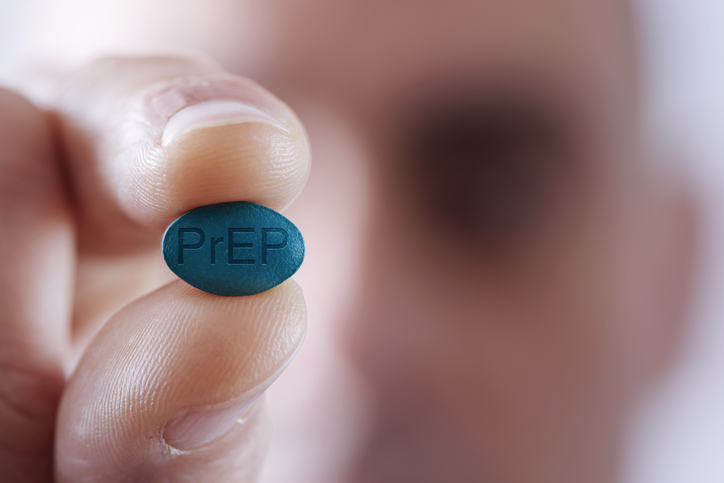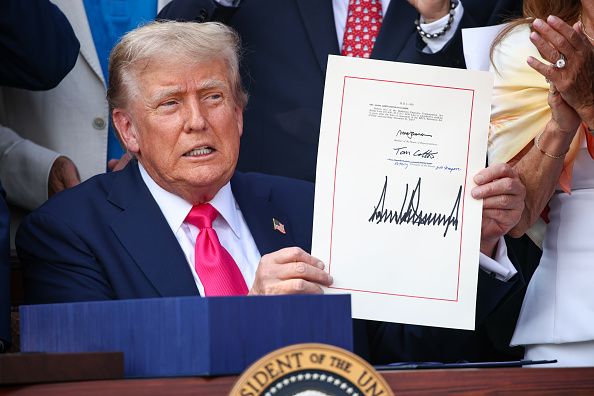The new Republican majority in Congress is expected to repeal the tax on medical devices, with a vote possibly happening in January. A provision in the Patient Protection and Affordable Care Act (ACA) placed a 2.3 percent excise tax on the manufacture and importation of medical equipment and supplies.
Bipartisan majorities in Congress have already passed nonbinding resolutions to repeal the tax.
“Why can’t they do it for real?” asked John R. Graham, a senior fellow with the Dallas-based National Center for Policy Analysis. “The argument in favor of repealing the excise tax has been won,” he said.
Referring to the nonbinding resolution, incoming Senate Majority Leader Mitch McConnell (R-KY) told CQ Roll Call, “We actually [had] a show vote on the medical device tax … and 79 senators … said they didn’t like the medical device tax.”
Tax Harms Device Industry
The 2.3 percent tax covers a broad range of items including surgical gloves, syringes, laboratory supplies, gurneys, hospital beds, pacemakers, blood pressure cuffs, and even diagnostic equipment such as x-ray machines and MRI scanners. The only medical supplies exempted from the tax are items normally sold directly to consumers through retail channels.
A November 3, 2014 Congressional Research Service (CRS) report claimed the tax would have a minimal effect on device makers because they could embed the tax into sales prices, with the tax ultimately falling on consumer.
The Advanced Medical Technology Association (AdvaMed), a trade group for medical device manufacturers, disputes the CRS report, arguing the tax has slowed growth and reduced jobs across the medical device industry.
J. C. Scott, senior executive vice president of government affairs at AdvaMed , dismissed the CRS report as merely a rehash of an earlier report. “There is nothing new in terms of their argument and analysis,” he said, adding “…they missed the point where they say the tax is having minimal impact.”
Scott said medical device firms’ profit margins are only about 6.8 percent of revenue, on average, and a 2.3 percent tax on gross revenues effectively reduces profits by nearly one-third.
Companies with narrow profit margins will be hit especially hard in the highly competitive medical device market, where hospitals often turn to cheaper products rather than willingly absorb higher prices. “It’s hard for companies to layer in the tax in the cost of device. They have to absorb it themselves,” Scott said.
The tax would have less impact on a medical device maker whose products command high profit margins, whereas firms with slim margins might see their profits wiped out, he said.
Hoover Institution fellow and health policy expert Dr. Henry I. Miller agrees the tax can impose a heavy burden. For a firm with profits of $100,000 on annual sales of $1 million, “the excise tax would be $23,000, wiping out almost a quarter of your profits,” he explained.
“This tax is especially pernicious because it is assessed on sales, not profits,” he said.
Tax Limits Innovation
The CRS report also noted, “…from the perspective of traditional economic and tax theory, however, the tax is challenging to justify,” explaining excise taxes are generally used to discourage “undesirable activities” such as tobacco use or to fund closely related government programs such as gas taxes to fund highways.
“These justifications do not apply… to the medical device case. The tax also imposes administrative and compliance costs that may be disproportionate to revenue,” the report warned.
Miller, who has held various positions with the U.S. Food and Drug Administration over the years, says the tax is hurting medical device firms’ profits and innovation. “We need to create a more nurturing entrepreneurial climate, one in which ingenuity and entrepreneurial initiative are rewarded, not penalized. The repeal of the medical device excise tax would be a start,” Miller told Health Care News.
Devon M. Herrick, Ph.D. ([email protected]), is a health economist and senior fellow of the National Center for Policy Analysis.




